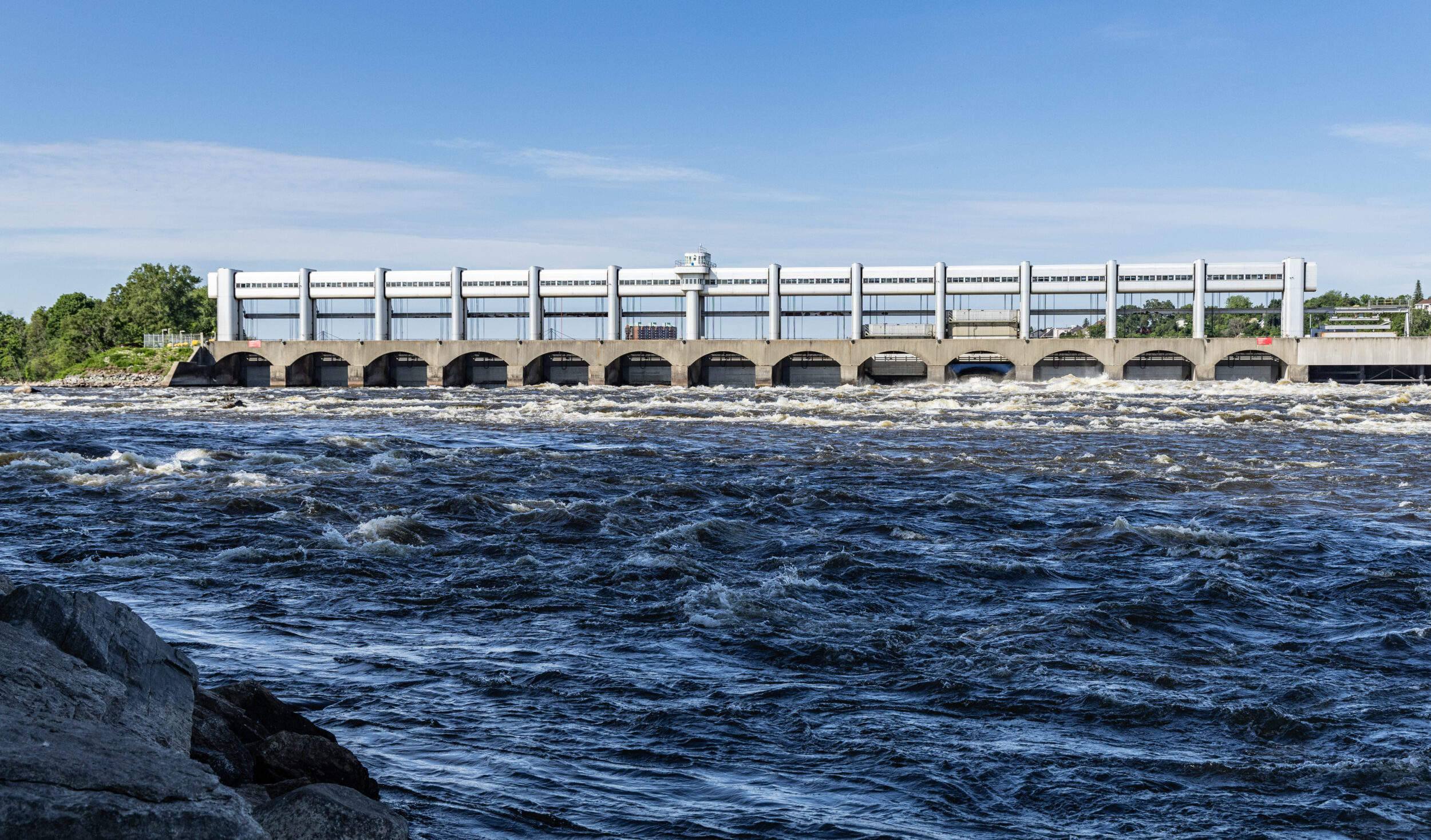Since 2019, the FRQ have been providing financial support for UNESCO Chairs under a joint Declaration of Intent signed with the Canadian Commission for UNESCO (CCUNESCO). Here is a portrait of one of these Chairs, whose work is generating positive impacts for society.
UNESCO Chair in Global Environmental Change
Chairholder: Yves Prairie, UQAM
Hydroelectric reservoirs generate large quantities of greenhouse gases (GHGs). Yet for a long time, these emissions were not included in countries' carbon budgets.
Signatories to international climate agreements are required to publish an annual report of all their GHG emissions. However, until recently, there was no tool to quantify the emissions from artificial freshwater reservoirs, such as those created to produce hydroelectricity.
The UNESCO Chair in Global Environmental Change, in collaboration with the International Hydropower Association, has developed the GHG Reservoir Tool. This tool is the basis for the emission factors included in the methodological report officially approved by the Intergovernmental Panel on Climate Change (IPCC) in 2019. The free online tool helps countries and hydroelectricity producers to calculate the GHG emissions generated by the decomposition of organic matter in the flooded area.
The Chair, which is held by Yves Prairie, a biological sciences researcher at UQAM, was then commissioned to develop a version of this tool specifically tailored to Canada.
Over the course of three years, teams will collect water samples from reservoirs in several Canadian provinces. These tests will generate data that will be fed into a version of the GHG Reservoir Tool more adapted to our latitudes. The project is being carried out in collaboration with Paul del Giorgio, from UQAM, and Tonya DelSontro, from the University of Waterloo in Ontario.
These initiatives reflect the mission of the UNESCO Chair in Global Environmental Change. The Chair is seeking to understand the role of continental aquatic ecosystems (lakes, rivers, reservoirs) in carbon budgets, and to distinguish their natural emissions from those caused by human activity.





